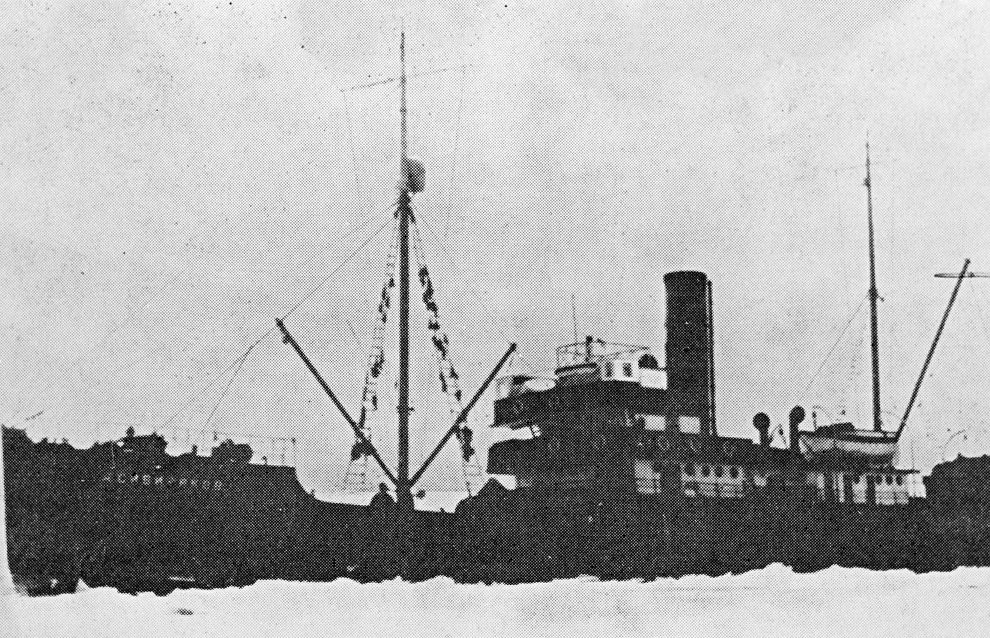Arctic expedition sets out to explore sunken WWII convoy
On Aug. 11, a Kara expedition set out from Murmansk aboard the Baltika icebreaker to explore a convoy sunk by a German submarine in the Arctic during the Great Patriotic War, Interfax reported.
According to its organizers, the first expedition in 2014 determined the exact coordinates of the sunken T-118 minesweeper, the Maria Raskova transport ship and presumably the Alexander Sibiryakov icebreaker of the White Sea-Dikson No. 45 (BD-5) Soviet naval convoy in the Kara Sea.
This year, the expedition aims to explore the sunken ships. There are no plans to raise them to the surface as of yet. They will receive the status of war memorials and later the status of historical and cultural heritage objects.
"It is technically possible to raise the ships. The main problem is not raising them per se but the restoration, reconstruction and maintenance process. We have not yet found an organization that can do all of this. We have discussed the issue with our various partners, the country's leading museums, among others, but the issue has not been resolved yet," Sergei Shulinin, a research associate at the Research Center for Arctic Studies in the Yamalo-Nenets Autonomous Area, said. Divers will raise minor objects from the sunken ships, which will help identify them, he said, adding that the artifacts will be transferred to museums.
Members of the 25-day expedition will land on Bely Island, in the vicinity of which BD-5 convoy ships sank and where some of their participants were buried, to install a cross and hold a memorial ceremony. They will also visit Belukha Island. If the weather is good, expedition members will search for and explore the Brilliant border guard patrol boat, which sank in the Kara Sea in 1944.
The BD-5 convoy was sunk by a German submarine on Aug. 12, 1944 not far from Bely Island. The Maria Raskova, with 421 people on board, was the largest ship in the convoy. In all, there were 760 convoy members, 376 of whom were presumably killed.
